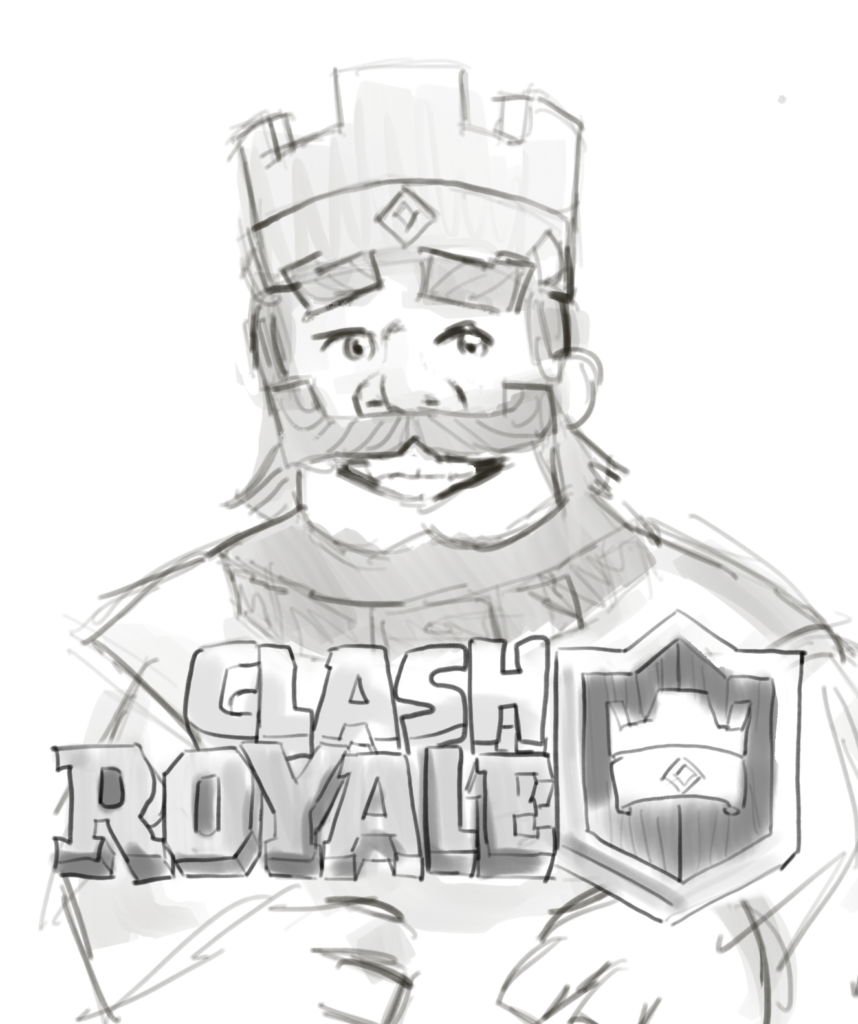Much like the tides, the culture of today’s teenagers has ebbed and flowed. Games like “Fortnite” and trends like fidget spinners have had their time in the spotlight, but a quintessential staple to teenage entertainment is Finnish mobile game company, Supercell. The company has released five games globally, with arguably the most impactful being “Clash Royale” in 2016.
“Clash Royale” is a game where players must defend towers on their side of the arena by placing down troops, spells and buildings characterized as “cards,” all while using these same cards to destroy the opponent’s towers. A player can boost their card deck by upgrading their cards with gold earned from battles.
In the school
Many students still remember the game’s launch and the immediate impression that it was primitive and clunky. Today, after multiple updates, the game has over 1 million active players and over 100 cards with five different rarities to use in battle.
There seems to be a systematic time period of when the game is played: Every fall, teens begin to play the game extensively until this interest dies out for next fall. The return to in-person school sparked the revival of the game as a social medium among students.
The interest in “Clash Royale” stems from how the game is played. Its quick matches offer lots of suspense and strategy in just 3 minutes, though it can be tiresome to repeatedly get crushed by players whose cards are overleveled, invalidating the fairness of the match.
The biggest update in years
Supercell has heard the player base’s concerns. Their most recent game update in October changed the course of “Clash Royale” forever.
The company first introduced “Slash Royale,” a 9-day in-game event where all players could upgrade any card for half the gold necessary. Players could also attain gold much quicker through various challenges, drastically accelerating progression for newcomers who historically have suffered from a lack of gold.
This event was only a precursor to the rest of the update, where a new card rarity was introduced: champions.
Supercell added three new champions to the game. Each sports a unique ability that must be actively exercised when they are placed on the battlefield. The introduction of abilities through these champions also nods to another popular Supercell game, “Clash of Clans,” where both games bounce off each other’s ideas frequently under the umbrella of the Clash universe.
Aside from champions, Supercell also raised the cap for how high cards can be leveled from level 13 to level 14. While some players are treated with more powerful cards, most are now stuck in a deeper rabbit hole of bridging the power gap between the overleveled and the underleveled.
The perception of the update was both positive and negative. Some appreciated the significance of champions as another field of complexity, etching another groove into “Clash Royale.” Others simply disliked the idea of yet another card level that makes it even more difficult to defeat the overleveled players that flood the game.
Legacy
Regardless of the wavering opinion of the game, its booming player base after five years cannot lie. “Clash Royale” is a towering achievement of Supercell and easily exceeds the company’s stringent motto: “The best teams make the best games.”
Though “Clash Royale” has an interesting and unprecedented future with such a radical update, veterans of the game still remember the quality of the game back in 2016. “Clash Royale” has served as an instrumental glue for many friend groups: The accessibility and value of each match simply cannot be denied. The game has always gotten social gears turning and will always hold a special value to students here.


























